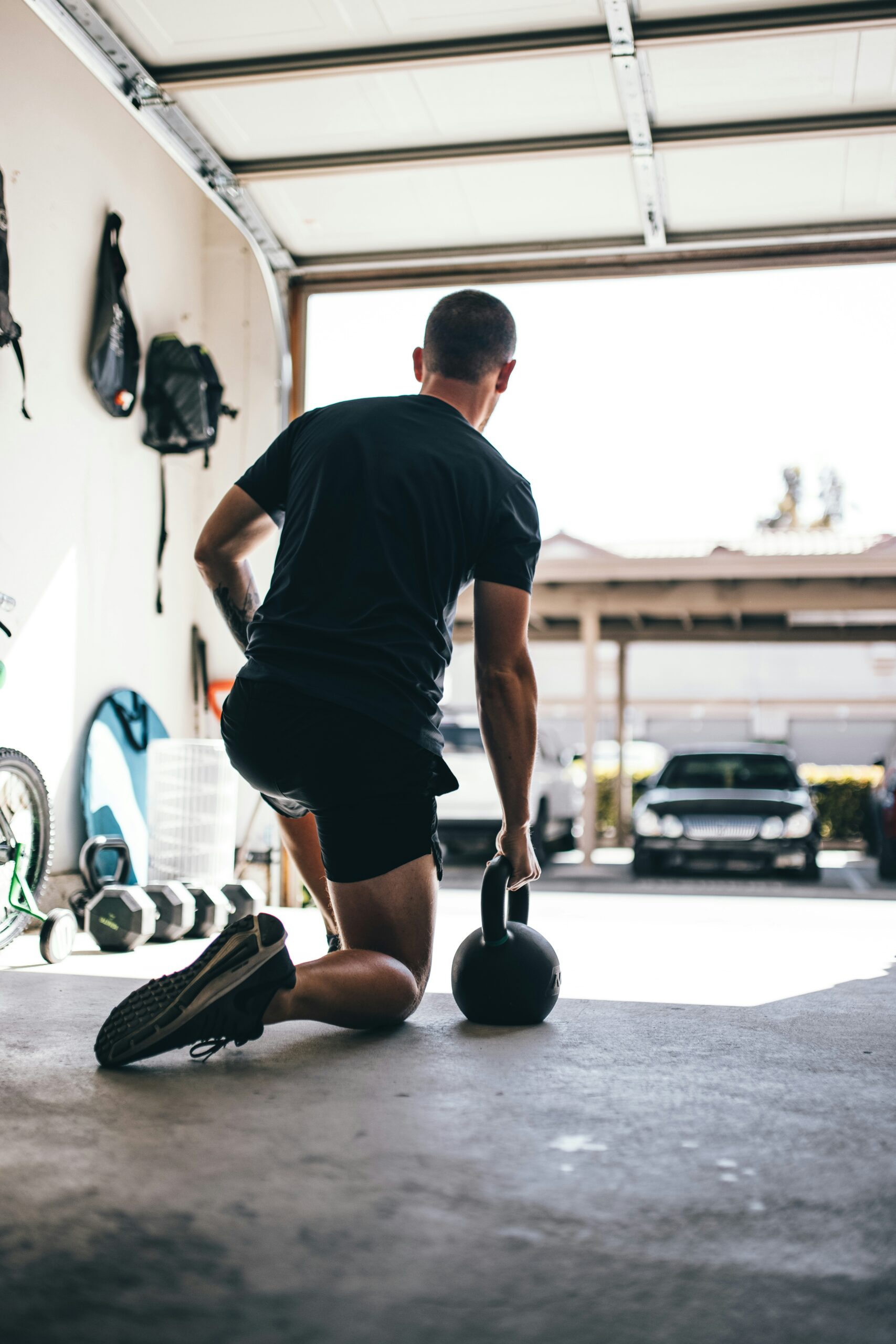Tips for Boosting Speed and Endurance
Fall is the perfect season to lace up your running shoes and hit the pavement. The cooler temperatures and vibrant foliage create an ideal backdrop for outdoor workouts. Whether you’re training for a race or just looking to improve your fitness, incorporating some expert tips can help you boost your speed and endurance. Let’s dive into five running tips that will take your performance to the next level this fall.
Mix Up Your Workouts
Variety is the spice of life—and running. Incorporating different types of runs into your routine can prevent boredom and improve your overall fitness. Here are a few workout variations to keep things interesting:
- Interval Training: This involves alternating between high-intensity bursts and lower-intensity recovery periods. For example, sprint for 30 seconds, then jog for a minute. Repeat this cycle for 20-30 minutes. Interval training helps improve your speed and cardiovascular endurance.
- Tempo Runs: These runs are performed at a “comfortably hard” pace, just below your race pace. They help build your lactate threshold, allowing you to run faster for longer periods. Start with a 10-minute warm-up, run at a challenging pace for 20-30 minutes, then cool down for 10 minutes.
- Long Runs: Once a week, aim for a longer, slower run. This builds endurance and trains your body to utilize energy more efficiently. Gradually increase your distance by 10% each week to avoid overtraining.
Strength Training for Runners
Strength training is crucial for runners. It helps build muscle, improve stability, and prevent injuries. Incorporate these exercises into your routine twice a week for optimal results:
- Squats: Squats strengthen your quads, hamstrings, and glutes. Perform three sets of 12-15 reps. For added challenge, hold dumbbells or use a resistance band.
- Lunges: Lunges target your lower body and improve balance. Do three sets of 10-12 reps per leg. Variations like walking lunges and reverse lunges can keep your workouts dynamic.
- Planks: A strong core is essential for maintaining good running form. Hold a plank position for 30-60 seconds. Repeat three times. Side planks are also great for targeting your obliques.
- Calf Raises: Strengthen your calves to support your ankles and feet. Perform three sets of 15-20 reps. You can do these on a step for a greater range of motion.
Focus on Proper Form
Running with proper form can significantly impact your speed and endurance. Here are some tips to ensure you’re running efficiently:
- Keep Your Head Up: Look ahead, not at your feet. This helps maintain good posture and prevents unnecessary strain on your neck and shoulders.
- Relax Your Shoulders: Tension in your shoulders can affect your breathing and overall comfort. Keep them relaxed and down, away from your ears.
- Swing Your Arms Naturally: Your arms should swing naturally at your sides, not crossing in front of your body. This helps propel you forward and maintain balance.
- Shorten Your Stride: Overstriding can lead to injuries and wasted energy. Aim for a quick, short stride, landing midfoot. This reduces impact and improves efficiency.
Fuel Your Body Right
Nutrition plays a vital role in running performance. Eating the right foods before and after your runs can boost your energy levels and aid recovery. Here’s how to fuel your body for optimal performance:
- Pre-Run Nutrition: Eat a small meal or snack 1-2 hours before your run. Focus on easily digestible carbs and a bit of protein. Good options include a banana with peanut butter, a slice of whole-grain toast with avocado, or a yogurt with fruit.
- Hydration: Stay hydrated by drinking water throughout the day. Aim for at least 8 glasses daily, more if you’re running long distances. During your run, sip water or an electrolyte drink to maintain hydration.
- Post-Run Recovery: After your run, replenish your energy stores with a mix of carbs and protein. A smoothie with spinach, berries, and protein powder, a turkey sandwich on whole-grain bread, or a quinoa salad with veggies and chickpeas are great options.
- Listen to Your Body: Everyone’s nutritional needs are different. Pay attention to how your body responds to various foods and adjust your diet accordingly.
Prioritize Rest and Recovery
Rest and recovery are just as important as the workouts themselves. They allow your muscles to repair and strengthen, reducing the risk of injury. Here’s how to ensure you’re getting enough rest:
- Rest Days: Schedule at least one full rest day each week. Use this time to relax and let your body recover. Engage in light activities like walking or gentle yoga if you feel restless.
- Sleep: Aim for 7-9 hours of quality sleep each night. Sleep is when your body does most of its repair work. Establish a consistent sleep routine to improve sleep quality.
- Stretching and Foam Rolling: Incorporate stretching and foam rolling into your post-run routine. Focus on major muscle groups like your calves, quads, hamstrings, and glutes. This helps improve flexibility and reduce muscle soreness.
- Active Recovery: On your rest days, engage in low-intensity activities like swimming, cycling, or a leisurely walk. Active recovery promotes blood flow and helps flush out lactic acid.
Mindset and Motivation
A positive mindset can make a significant difference in your running performance. Here’s how to stay motivated and mentally strong:
- Set Goals: Setting realistic, achievable goals keeps you motivated. Whether it’s running a certain distance, completing a race, or improving your pace, having a goal to work towards can keep you focused.
- Track Your Progress: Keep a running journal or use a fitness app to track your runs. Note your distances, times, and how you felt. This helps you see your progress over time and identify areas for improvement.
- Join a Running Group: Running with others can be motivating and fun. Look for local running clubs or join online communities. Having a support system can keep you accountable and make running more enjoyable.
- Celebrate Your Successes: Celebrate your achievements, no matter how small. Each step forward is progress. Treat yourself to something special when you reach a milestone.
Embrace the Fall Season
Fall is a beautiful time to be outdoors. Take advantage of the season and enjoy the experience:
- Scenic Routes: Choose routes that showcase the fall foliage. Running through parks, trails, or along tree-lined streets can make your workouts more enjoyable.
- Layer Up: Dress in layers to stay comfortable in cooler weather. Start with a moisture-wicking base layer, add a mid-layer for insulation, and finish with a windproof jacket. You can shed layers as you warm up.
- Safety First: With shorter days, make sure you’re visible if you’re running in the early morning or evening. Wear reflective gear and carry a small flashlight or headlamp.
- Stay Warm: Warm up properly before heading out. Dynamic stretches like leg swings, high knees, and butt kicks can get your blood flowing and prevent injury.
Listen to Your Body
Pay attention to how your body feels during and after your runs. Here’s how to ensure you’re not overdoing it:
- Watch for Signs of Overtraining: Fatigue, irritability, and decreased performance can be signs of overtraining. If you notice these symptoms, take a step back and allow yourself more rest.
- Adjust Your Intensity: Not every run needs to be a hard workout. Mix in easy runs and recovery runs to balance out your training.
- Seek Professional Advice: If you experience persistent pain or discomfort, consult a healthcare professional or a running coach. They can provide guidance and help prevent injuries.
Final Thoughts
Boosting your speed and endurance this fall is within your reach. By mixing up your workouts, incorporating strength training, focusing on proper form, fueling your body right, and prioritizing rest and recovery, you can achieve your running goals. Remember to stay motivated, embrace the beauty of the season, and listen to your body.
Running is a journey, and every step you take brings you closer to your goals. So, lace up your shoes, hit the pavement, and enjoy the process. With these expert tips, you’ll be well on your way to a faster, stronger, and more enjoyable running experience this fall. You’ve got this!





